Focus on speech before print - What you can teach in the dark!
Therefore, it is vital that we teach phonological awareness skilfully, using teaching methods that are informed by current research. The good news is that when taught this way, most children will learn to read at acceptable levels.
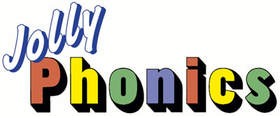
Working in an infant school you become fairly familiar with sound awareness and phonics. Over the years I have tried various teaching strategies when it comes to teaching phonics. As long as I've been in my school we have followed the Jolly phonics program in some shape or form, teaching the 42 sounds. We have always started with phonological awareness in September before starting the JP program. Over time I have adapted the program in the following ways:
Last Year we had a visit from Eoin Shanahan who has just recently retired from the PDST. He gave us a fantastically informative talk about developing phonological awareness in infants. Following his visit I was greatly inspired to do my own research which lead me to question the way I currently taught phonics. This new found understanding of language and reading development in children lead me to change my current timeframe of introducing phonological awareness as well as my teaching of phonics and handwriting and the results were fairly impressive. The way I now teach phonics is also in line with the new Language Curriculum and suggested milestones in a child's reading development.
What you need to remember when teaching phonological awareness:
So here's how I did it last year and I won't be changing back... Sept - Jan I focused on Phonological Awareness and listening skills
Even within the field of phonological awareness there are stages in which to introduce activities. Below are the five steps of phonological awareness that need to be focused on before we attempt to teach children phonics (teaching children to read by correlating sounds with symbols). Teaching phonological awareness means to focus on the sound awareness first but this awareness continues into phonics and beyond. Speech first, then print (Louisa Moats). "What you can teach in the dark". If children become more practiced in hearing sounds in spoken words (aurally and orally) they are more likely to link that pattern to the written words they later come to read e.g. if they can rime the word family hill, pill, bill, Jill orally, they will later find it much easier to read the written word pattern visually. The child that does not grasp step 2 below will not be able to get step 5.
For all the steps mentioned below the elkonin box makes the best resource as it provides a visual and physical manipulative aid for letter, syllable, word and sentence building, subtracting, inputting and auditory discrimination. Used as a consistent methodology the children will become more phonologically aware. I got the tape in Mr Price in Blanchardstown Town Shopping Centre.
Step 1 - Awareness of words in spoken sentences (Sep)
Firstly I make sure that children understand what a word is and how words form sentences. I have a lot of children with speech difficulties this year so I will have to make sure I spent plenty of time doing the following lessons.
Sentence Segmenting from InfantEd on Vimeo.
NOTE: If you move onto step 3, Syllable awareness before the children have an understanding of sentence segmentation, you may find children will say the a word like 'butterfly' is three words. So give this stage the time it needs before you move on.
I did this lovely project in the second week of Junior Infants where the children recorded their favourite thing about school so far. We discussed descriptive sentences, choosing words to make what we say more interesting. You could add in some connectives and pronouns to sentences if you feel the child is able. Together the child and I would practice their sentence before recording it on my phone. We would then listen back to it. I would ask the child if they were happy with how it sounded and if they weren't we would re-record it. A lot of the children mumbled their words and nearly every child needed to be reminded about month movement to improve their speech. Once I had a sentence from almost everyone (only 2 children didn't want to be recorded, that's absolutely fine) I added the audio to a collage of photos that I had taken over the first few weeks. It made a lovely video to share with parents on my class blog. I will listen back to it with the children next week and we will discuss the importance of speaking clearly. We might stop to count the number of words in some of the sentences.
Step 2 - Listening for rhyme in spoken words. (Sep)
Next, I introduce rhyme and alliteration. I use plenty of "silly words" to get the children to tune into the sound rather than being thrown by the meaning. Also, plenty of nursery rhymes, pictures, stories and hands on manipulative. Make it as multi sensory and fun as possible.
Discrete learning Activities:
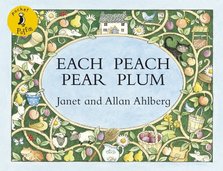
Step 3 - Syllable awareness in spoken word (Sep/Oct)
When children have a good sense of rhyme and acceleration and an awareness of sentence segmentation they are ready to move onto the next stage of phonological awareness. Syllable blending, segmenting and omitting. Note: sometimes you might find it difficult to be sure of the syllables in a word, so remember that every syllable contains a vowel sound.
To find the number of syllables in a word, use the following steps of calculation:
Or slightly easier is the 'Chin Rule'! place your hand under your chin. How many times does your chin hit your hand? that's how many parts there is in the word. This is my favourite one. I bet you have your hand under their chin right now! ?
Discrete learning Activities:
What is pineapple without pine? What is telephone without phone? What is sunshine without shine? What is ladder without er?
Below is a good starting point. They draw a topical word. You model how you make a dot to identify parts in the word. Note: the word 'fire' is actually one syllable. My accent made me hear two. But if I followed my own advice I would know that fire has one vowel sound... i magic e!
With practice they get good at this activity.
Step 4 - Onset and Rime in spoken word families (Oct)
What is the difference between rhyme and rime?
When the first sound in a word is a consonant, it’s considered the onset. For example, the onset in the word “tear” is /t/. What you see written after the /t/ is the word family, or rime, -ear. When we say rhyme we are referring to the sound made by this word family. Turn out the lights and after the onset, the words tear, bear, fair, layer all rhyme (they sound identical after the onset). Turn on the lights and look at the words and you will see that they do not rime, they belong to different word families: -ear, -air, -ayer. It is very difficult to explain to a beginning reader why two words that sound the same are spelt differently. Using onset-rime/word families is a good starting point where teacher's can categories words more easily and make identifying pattern in the written words easier for young readers.
Discrete learning Activities:
hat, gat, cat, lat, rat, tat, slat... and so on.
Step 5 - Phonemes in spoken words (Nov-Jan)"Focus students' attension on speech sounds before focusing on letters. Work with phonemes, not letters, until you are sure they can "tune in to" speech. Then transition to letters. " (Moats, 2010)
This is where I introduce an adapted version of the Jolly Phonics Program. 4 letters a week to give it momentum... If you want to learn to cycle a bike you need the sufficient pace. They also need to get blending orally as soon as they have the first s,a,t,i,p,n. But I do not teach written letter formation or letter name at this stage.
At this point you need to assess where your children are. Some children will be really to make the link to the graphemes (print). I do not get the children to blend written words until I am sure they are attuned to sounds. Too often teachers jump into print and forget the phonological aspect of reading. The print offers a cue that overrides the oral and aural aspect of reading (a child doesn't have to THINK about the sound as much). Either way, for me, the focus is not on the letter symbol most of my lessons could be done in the dark!.* All blending is done orally and aurally on the elkinon. But children should move to print when they're ready. In this case it would be beneficial to work with resource team to start to move children to print when they are ready and continue working on phoneme awareness with the children who need more focused work. They will see the symbol on the board or display but I do not draw too much attention to it, the letter is there for the children who are ready to make the connection. It will take from November to end of January to get through the 42 sounds. Only when the all 42 sounds have been introduced do I go back through the letters at a slower pace of two a week, in an order best suited to learning written formation. At the end of January I will connect the already familiar phoneme to the letter symbol, name and written formation. The reasoning behind this method is not to overload the children with too much information when they have not yet mastered auditory processing. Also, they may not be ready in November to begin written letter formation let alone the start of September. I also feel you need to give phonological awareness lessons the time they shouldn't be rushed. I continue working on fine motor skills and mark making which means that they are ready come February to learn to write letters at steady pace, while incorporating the many different hand writing rules. I did this for a number of years and these children become the best writers I ever had. I have posted separately about writing, visit the links highlighted above. A few things to remember when teaching Phonemes:
Discrete learning Activities:
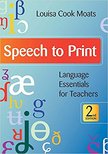
*My summer reading this year was a suggested by Eoin Shanahan of the PDST. Speech to Print, Language Essentials for teachers by Louisa Cook Moats. It was a fairly technical read but very informative and some of the lesson ideas mentioned in this post have been adapted from this book. But most I have pick up from other teachers and made my own. Now they're yours! Enjoy.
* This post is about phonological awareness. Once I start print, repeated exposure to the graphemes is fundamental. On the second round of jolly phonics I put a big focus on writing and letter formation as well as print in writing and story. By the end of Junior Infants the children will have been exposed to print as much as someone who introduced print from day one. It's the time frame that makes my way of teaching phonics different.
© InfantEducation.ie 2017. Unauthorized use and/or duplication of this material without express and written permission from this site’s author and owner is strictly prohibited. Excerpts and links may be used, provided that full and clear credit is given to InfantEducation.ie with appropriate and specific direction to the original content.
15 Comments
Geraldine Nolan
4/8/2018 09:03:06 am
Fantastic thank you so much
Reply
Sinead
21/9/2018 09:01:45 pm
Great post. May I ask where you got the pictures and words you use in the children’s copies as shown in the examples above?
Reply
Zara
28/11/2018 07:11:26 pm
Some I printed of the internet, some are posters cut up and some are twinkl :)
Reply
Sinead
23/1/2019 07:13:24 pm
Thank you so much for this. I’m trying to support my daughter who is struggling with blending, she forgets the first consonant even though she has repeated it several times, s.a.t becomes at in her head. She had speech delay in many consonants and I feel there’s a link between her aural memory of sounds and her struggle with jolly phonics. Your post has helped me find a starting point to build from, we had amazing fun with syllable clapping games last night.
Reply
Zara
28/1/2019 06:24:07 pm
That's so great to hear! I'm delighted you found something useful in my blog that helps you support your daughter's learning. You should read the blog about making sure you have the letter sounds just right. Follow this link: http://www.infanteducation.ie/infanted-blog/teaching-letter-sounds-tuning-into-your-phonemic-awareness 👍
Reply
Ruth
24/5/2019 09:29:54 am
Hi there, great blog, thank you so much. Just wondering where did you get the nursery rhyme posters?
Reply
Zara
16/8/2019 06:40:24 am
I got my set from poster from Evan's Educational. :)
Reply
Mary
25/6/2019 10:05:50 am
As a first time Infants teacher, I found this article really very helpful. I am so used to teaching the seniors that I had felt a little daunted and overwhelmed at the thought of teaching infants. Actually looking forward to it now. Thank you
Reply
Zara
16/8/2019 06:37:23 am
Hi Mary,
Reply
Hollie Friel
15/8/2019 11:42:12 am
Hi Zara, thank you this is so helpful, I will definitely take these tips on board as I embark on my first time teaching Junior Infants having previously taught Senior Infants. I am just wondering at what stage do you typically start to introduce sight words? In Senior Infants I did this in September as they were familiar with all the sounds from Junior Infants, but I’m unsure when would be appropriate in Junior Infants?
Reply
Zara
16/8/2019 06:35:42 am
Hi Hollie,
Reply
Tabby
20/1/2020 01:07:18 pm
Hi Zara,
Reply
Bronagh
8/9/2020 08:56:54 pm
A really interesting read, that has got the mind thinking and wondering over the ideas suggested. It makes sense to me for juniors and children alike to use this approach, although I have senior and junior Infants and putting it into practice is a little daunting after always starting sounds quite quickly into the year. I would appreciate your opinion here, would you start the same "schedule" for the whole class, both junior and seniors or how would you differentiate throughout the year? Thanks in advance 🤗
Reply
Alison
15/11/2020 08:52:31 am
Great blog. Thanks so much for sharing it with us. I teach 2nd class. Could I follow this exact teaching structure but just use harder words? For example, four syllable words for syllable segmentation. Also, should I skip to perhaps step 3 and children attending learning support can focus on step 1 and 2?
Reply
Majella
4/9/2021 07:26:27 am
Hi Zara, thanks a million for your blog post. It's really helping me as I lay put my plan for this year.
Reply
Your comment will be posted after it is approved.
Leave a Reply. |
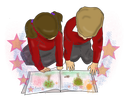
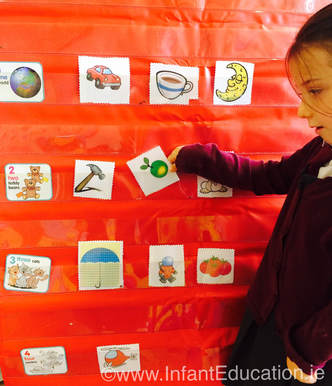
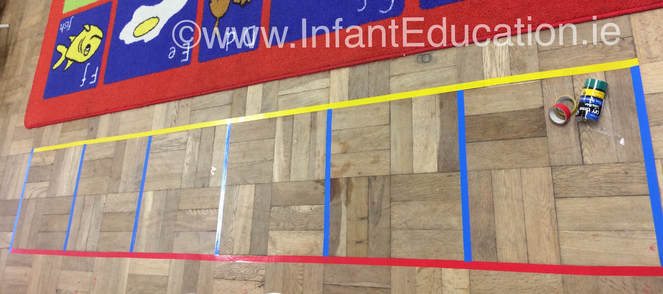
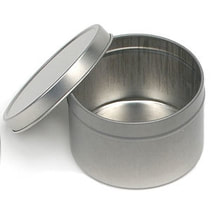
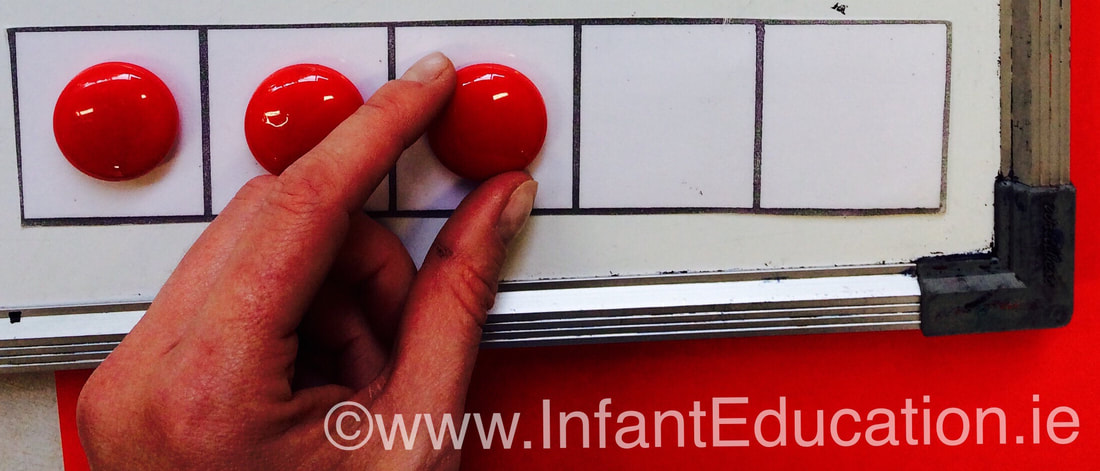
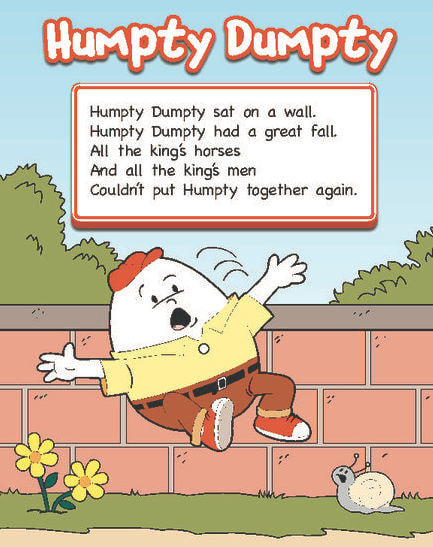
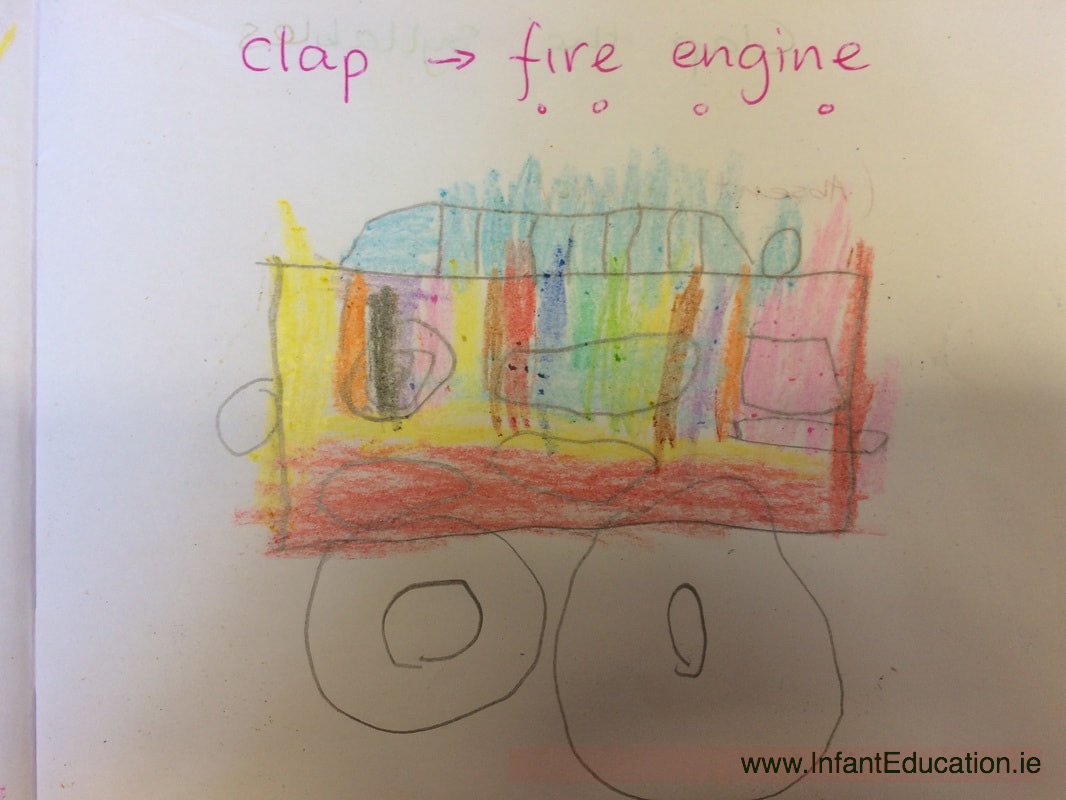
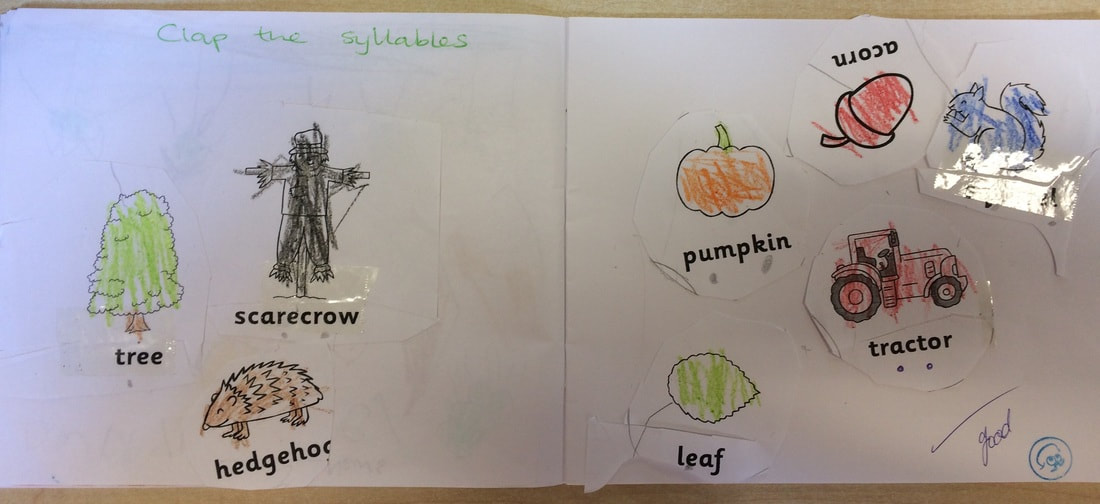
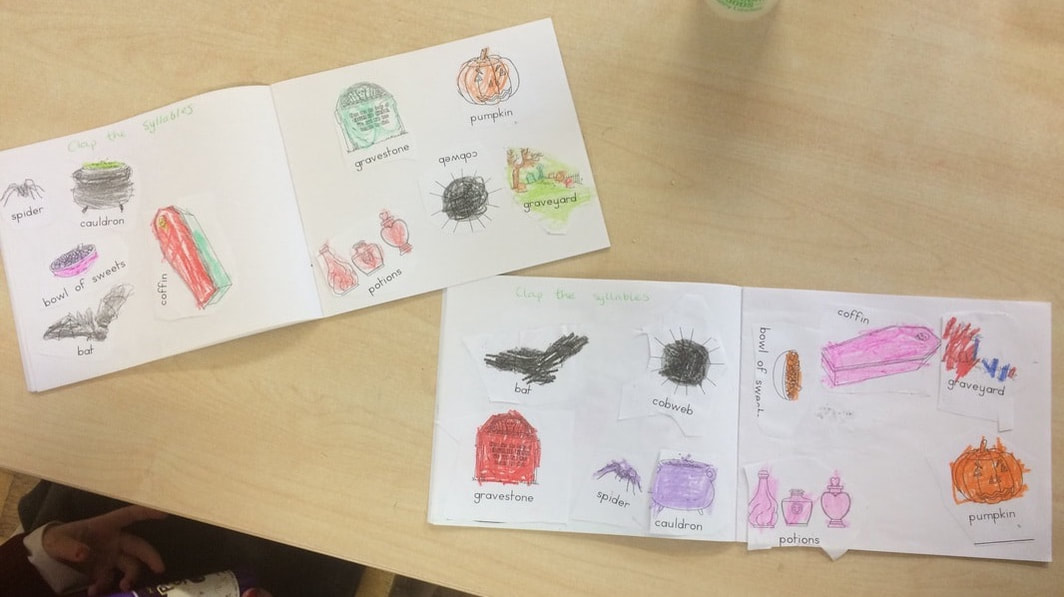
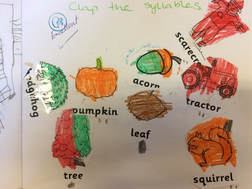
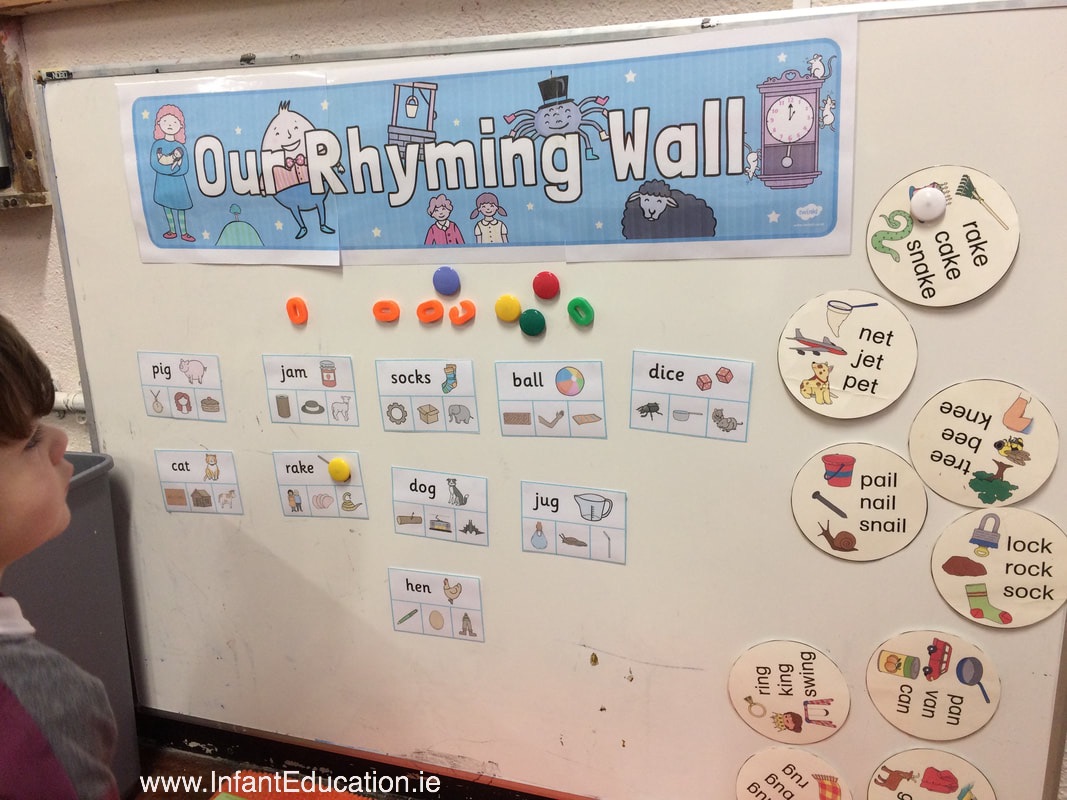
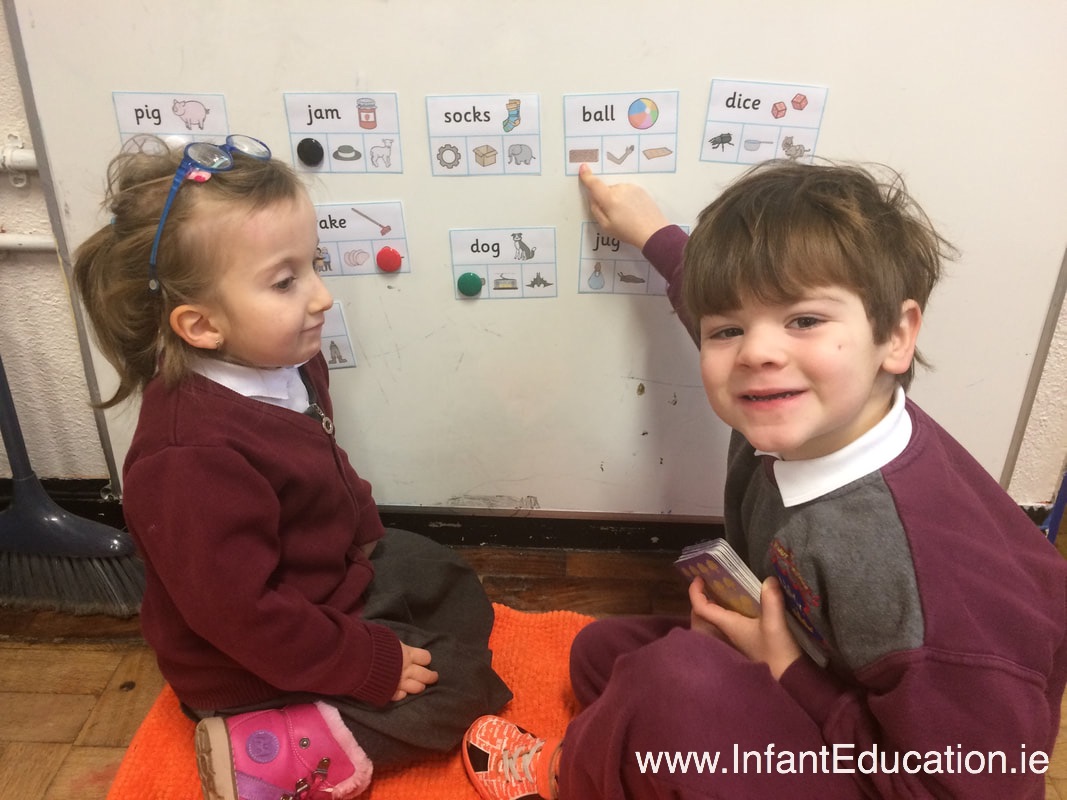
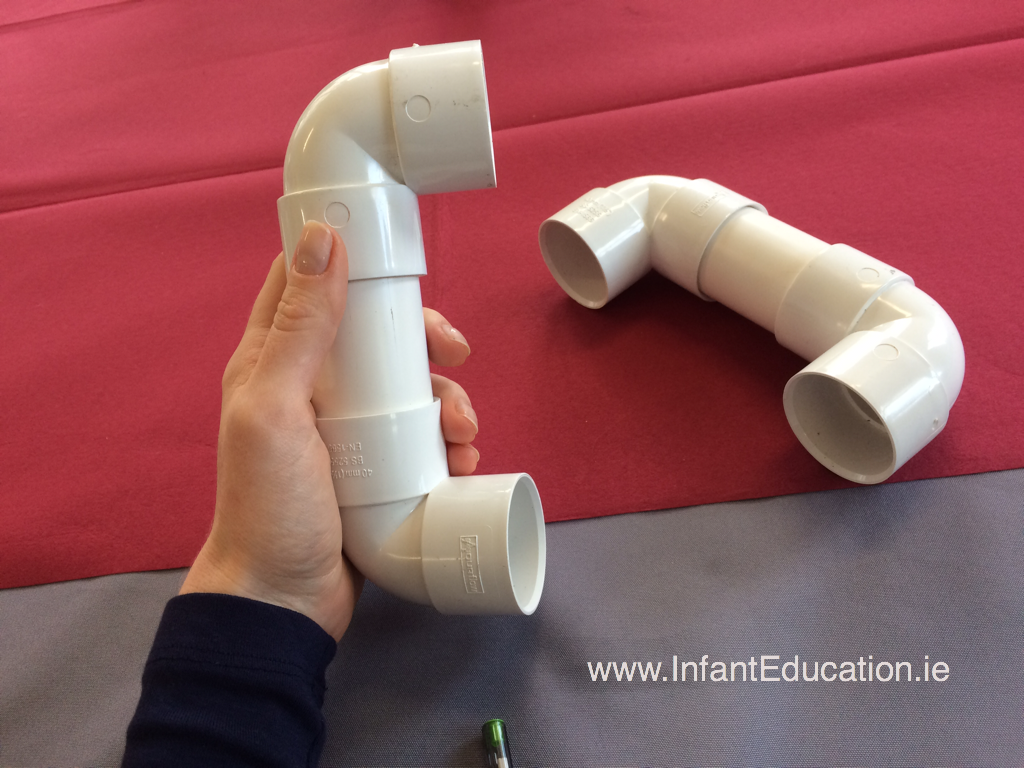
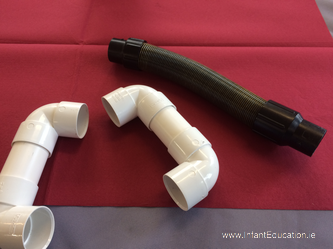
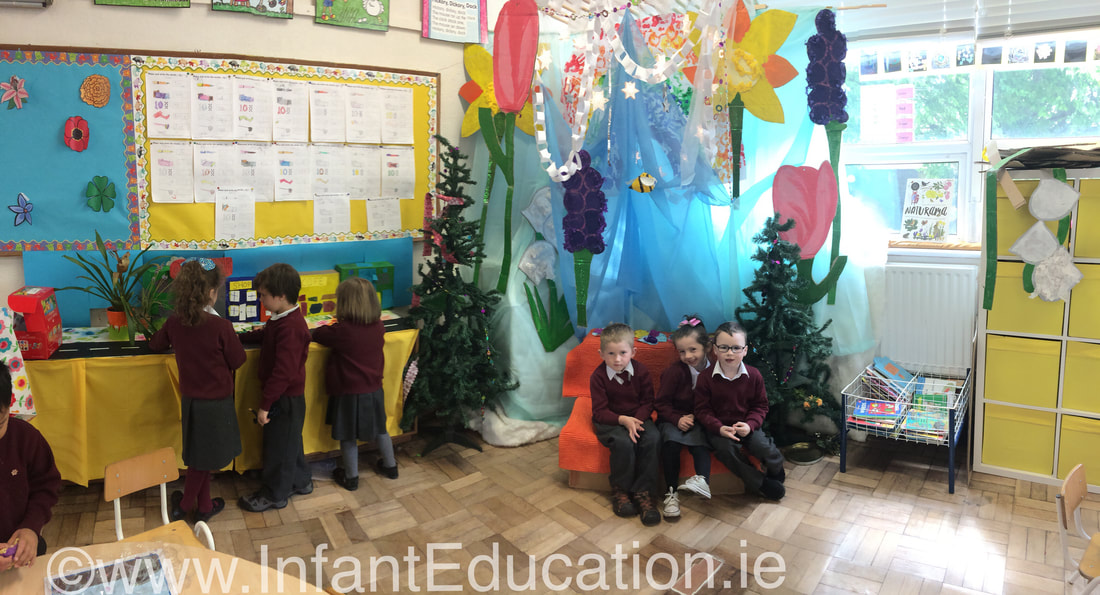
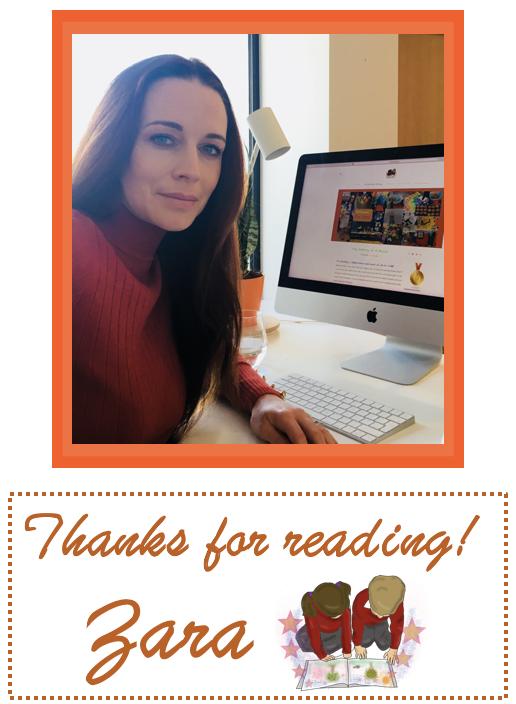
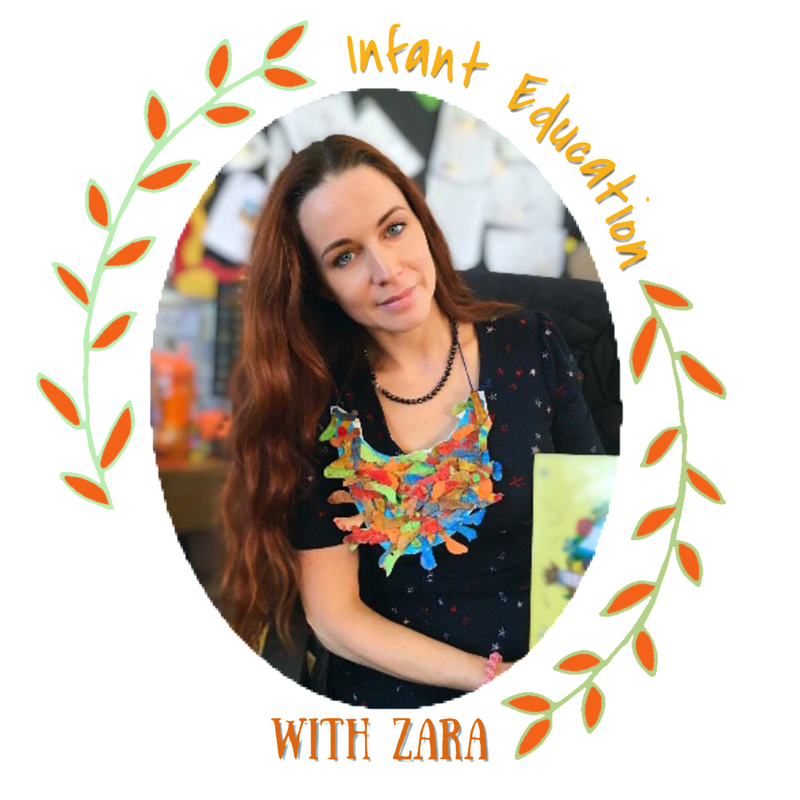
 RSS Feed
RSS Feed